Sourav Pan
Transcript
Welcome to our exploration of Phylum Nematoda, commonly known as roundworms or threadworms.
These fascinating organisms are among the most abundant animals on Earth.
Nematodes get their name from the Greek word ‘nema’ meaning thread, referring to their distinctive thread-like appearance.
Nematodes have several key characteristics that define this diverse phylum.
In our environment, nematodes play crucial roles in various ecological processes.
In this video series, we’ll discover more about nematodes, including their classification, structure, and ecological significance.
Nematodes are non-segmented roundworms, with several common names including threadworms and pinworms.
Nematodes are fundamentally different from flatworms and the more complex segmented annelids like earthworms. Unlike annelids, nematodes lack body segmentation, and unlike flatworms, they have a cylindrical rather than flattened body.
The name nematode derives from the Greek word ‘nema’ meaning thread, which perfectly describes their thin, elongated body form.
Nematodes represent one of the most diverse animal groups on our planet. Scientists have described over twenty five thousand species, but estimates suggest there may be between five hundred thousand and one million species in existence. They’re found in virtually every habitat, from deep ocean trenches to mountain soils.
To summarize, nematodes are distinctive non-segmented roundworms fundamentally different from other worm groups. Their thread-like form gives them their name, and they represent one of the most diverse animal groups on the planet.
Nematodes are incredibly widespread, found in virtually every habitat on Earth.
Their distribution spans across four main habitat types, showcasing their remarkable ecological versatility.
In terrestrial environments, nematodes thrive in soil, leaf litter, and decaying organic matter.
They’re also abundant in freshwater ecosystems such as lakes, rivers, and ponds, where they contribute to nutrient cycling.
Marine environments host countless nematode species, from coastal shorelines to the deepest ocean trenches.
Some nematodes have evolved to live as parasites within plants, animals, and humans, demonstrating their exceptional adaptive capacity.
These microscopic organisms may constitute up to eighty percent of all animals on Earth, making them incredibly significant ecologically.
Nematodes occupy a remarkable range of depths in both soil and water.
Nematodes have developed remarkable adaptive strategies that allow them to colonize such diverse habitats.
This extraordinary ecological distribution demonstrates the evolutionary success of nematodes as one of Earth’s most adaptable organisms.
Nematodes have a distinctive cylindrical, unsegmented body that tapers at both ends.
This unique shape gives nematodes their characteristic thread-like appearance, which is why they’re often called roundworms.
This body design is remarkably consistent across nematode species, despite their diverse habitats ranging from soil to water to living within host organisms.
Nematode bodies are covered by a tough but flexible collagenous cuticle.
This specialized outer layer provides protection while still allowing movement. Its collagen composition gives it both strength and flexibility.
The streamlined shape of nematodes enables efficient movement through various environments.
In soil, nematodes can navigate between soil particles due to their slender shape and flexible body.
In water or fluid environments, their streamlined form allows for smooth swimming movements.
This specialized body design allows nematodes to thrive in remarkably diverse habitats, from soil to freshwater to inside host tissues for parasitic species.
The nematode body wall is a complex structure consisting of three main layers that provide protection and facilitate movement.
The nematode body wall consists of three main layers: the outermost cuticle, the middle hypodermis, and the innermost longitudinal muscles.
The outermost layer is the cuticle, a tough, flexible covering made primarily of collagen. This protective layer serves as an exoskeleton and barrier against the environment.
The hypodermis is the middle layer that lies beneath the cuticle. It contains cellular material and is responsible for secreting the cuticle. This layer is metabolically active and plays a crucial role in the nematode’s growth.
The innermost layer consists of longitudinal muscles that run parallel to the length of the nematode’s body. These specialized muscle cells enable the characteristic whip-like movement of nematodes, allowing them to navigate through soil or host tissues.
The cuticle is periodically shed as the nematode grows, a process called molting or ecdysis. During molting, the old cuticle separates from the hypodermis, a new cuticle forms underneath, and finally the old cuticle is shed, allowing the nematode to increase in size.
To summarize, the nematode body wall consists of three specialized layers: the protective outer cuticle made of collagen, the cellular hypodermis that secretes the cuticle, and the longitudinal muscles that drive movement. Together, these layers create a highly effective structure that allows nematodes to thrive in diverse environments.
Nematodes are triloblastic animals, meaning they develop from three embryonic germ layers.
These three layers are the ectoderm, mesoderm, and endoderm, a characteristic shared with all higher animals.
Nematodes possess a pseudocoelom, which is a body cavity not completely lined with mesoderm.
In cross-section, we can see how the pseudocoelom is organized between the outer body wall and inner organs.
This pseudocoelom serves two primary functions in nematodes.
First, it acts as a hydrostatic skeleton, providing structural support through fluid pressure.
Second, it allows for efficient internal transport of nutrients in the absence of a circulatory system.
Nematodes lack several key systems that are typically found in more complex animals.
Nematodes have no true coelom, which is a fluid-filled body cavity completely lined by mesoderm tissue. Instead, they possess what’s called a pseudocoelom, a body cavity that’s only partially lined by mesoderm.
Nematodes completely lack cilia, which are microscopic hair-like structures used for movement and sensing in many other organisms. This absence is a distinctive characteristic of nematodes.
Nematodes have no dedicated circulatory system for blood transport or specialized respiratory system for gas exchange. Instead, they rely on direct diffusion through their body wall for oxygen uptake and carbon dioxide release.
The pseudocoelom fluid serves as a simple means of internal transport for nutrients and waste products, while the thin body wall allows for efficient gas exchange directly with the environment.
To summarize, nematodes lack several key systems found in more complex animals: they have no true coelom, no cilia, no circulatory system, and no specialized respiratory system.
This simplified body plan has been very successful evolutionarily, allowing nematodes to thrive in diverse environments despite their seemingly simple structure.
Nematodes possess a simple but complete digestive system that represents an evolutionary advancement.
The digestive system begins with a mouth, often equipped with specialized structures for feeding.
The digestive tract continues through a muscular pharynx that pumps food into the intestine.
The intestine is a straight tube where digestion and absorption occur.
Unlike many simpler worms, nematodes have a complete gut with an anus at the posterior end, allowing one-way processing of food.
This complete digestive system represents an evolutionary advancement, allowing more efficient digestion and nutrient absorption.
Phylum Nematoda is divided into two major classes based on structural and physiological differences.
These are Class Aphasmidia, also called Adenophorea, and Class Phasmidia, also called Secernentea.
The classes are distinguished by several key structural and physiological features.
One major difference is the presence of phasmids, sensory organs found only in Class Phasmidia.
The excretory system is simple in Aphasmidia but more complex in Phasmidia.
Aphasmidia species are predominantly found in aquatic environments, while Phasmidia are more common in terrestrial habitats.
Each class contains multiple orders with distinct characteristics.
This classification system helps scientists organize the estimated twenty-five thousand described nematode species.
Though current research suggests the actual number of nematode species may be in the millions.
These two major classes form the foundation of nematode taxonomy, with each containing distinctive orders that we’ll explore next.
Class Phasmidia, also called Secernentea, is one of the two major classes of nematodes.
The defining characteristic of this class is the presence of phasmids, which are specialized paired sensory organs.
These sensory organs are typically located near the tail region of the nematode and play a crucial role in environmental sensing.
Phasmidia nematodes also have distinctive tube-like amphids, which are another type of chemosensory organ located in the head region.
Another distinctive trait is their well-developed excretory system with lateral canals that run along the length of the body.
Class Phasmidia includes many economically important parasitic species that affect humans, animals, and plants.
From an evolutionary perspective, they’re generally considered more advanced than the Aphasmidia class, having developed more specialized structures and life cycles.
Some notable examples of Phasmidia nematodes include parasites that affect humans like hookworms and pinworms.
Animal parasites in this class include heartworms and various intestinal worms that affect livestock and pets.
Plant parasitic nematodes in Phasmidia include economically devastating species like root-knot nematodes and cyst nematodes.
The distinctive traits of Class Phasmidia enable these nematodes to successfully adapt to diverse habitats and host relationships.
Class Phasmidia contains several significant orders of nematodes with diverse adaptations and lifestyles.
Rhabditida contains many free-living soil nematodes and some parasites, including the model organism Caenorhabditis elegans, which is extensively used in scientific research.
Strongylida includes important parasites of vertebrates like hookworms, which have specialized mouth parts for attachment to host tissues.
Ascaridida contains large intestinal parasites including Ascaris, which can grow to over 30 centimeters in length and possess three distinctive lips around their mouth.
Spirurida includes filarial worms that cause diseases like elephantiasis. These parasites are typically transmitted by insect vectors and produce microfilariae that circulate in the host’s blood.
Oxyurida contains pinworms that commonly infect humans, particularly children. Female pinworms have a distinctive pin-like tail and migrate to the perianal area at night to lay eggs.
Each order within the Phasmidia class has evolved specific adaptations suited to their particular lifestyle and habitat requirements.
Nematodes as Beneficial Organisms
Despite their common reputation as parasites, many nematodes are actually highly beneficial organisms.
These beneficial nematodes serve as natural predators of pest species, controlling populations of harmful insects and other invertebrates.
Certain species of nematodes are commercially produced as biological control agents for agricultural pests.
These beneficial nematodes offer environmentally friendly alternatives to chemical pesticides.
What makes these nematodes especially valuable is their target specificity. They specifically attack pest insects while being safe for humans, plants, and non-target beneficial organisms.
Nematodes show remarkable variation in size, from microscopic soil dwellers to massive parasites.
Most free-living soil nematodes are microscopic, typically measuring less than one millimeter in length. These tiny organisms are invisible to the naked eye.
Some parasitic species can grow much larger. Ascaris lumbricoides, a human intestinal parasite, can reach thirty to thirty-five centimeters in length.
The extreme is Placentonema gigantissima, a parasite found in sperm whale placentas, which can grow up to eight to nine meters long, making it one of the longest nematodes known.
To put this size range in perspective, if a soil nematode were one millimeter long, then Ascaris would be the length of a pencil, and Placentonema would be longer than a school bus.
This remarkable size range demonstrates the adaptive diversity of nematodes across different ecological niches, from tiny soil dwellers to enormous marine parasites.
This dramatic size variation is one of the most fascinating aspects of nematode biology.
Nematodes have significant economic impacts across multiple sectors, both positive and negative.
Plant-parasitic nematodes cause billions of dollars in crop losses annually worldwide. They affect over two thousand plant species and can reduce yields by twelve to twenty percent.
In livestock production, parasitic nematodes reduce efficiency, with over seven billion dollars in annual losses to the cattle industry alone, and reductions of fifteen to twenty percent in milk production.
Human parasitic nematodes affect over one point five billion people globally, reducing work productivity in endemic regions and causing billions in healthcare costs.
On the positive side, beneficial nematodes used in biological control represent a growing industry worth over four hundred million dollars annually, with growth rates of fifteen percent yearly in sustainable agriculture.
Effective management strategies include developing resistant crop varieties, implementing biological controls, and establishing early detection systems.
Understanding nematode biology is crucial for balancing the economic equation – managing the harmful species while effectively utilizing the beneficial ones.
Nematode biodiversity is vast but vastly understudied.
Scientists estimate that only about three percent of nematode species have been described, leaving the vast majority unknown to science.
Nematodes serve as important bioindicators of soil health and environmental quality.
Changes in nematode community composition can signal ecosystem disturbances, making them valuable for environmental monitoring.
Conservation efforts increasingly recognize the importance of preserving soil biodiversity, including nematodes.
Studying these organisms provides insights into evolution, adaptation, and the complex web of life on our planet.
Study Materials
No study materials available for this video.
Helpful: 0%
Related Videos
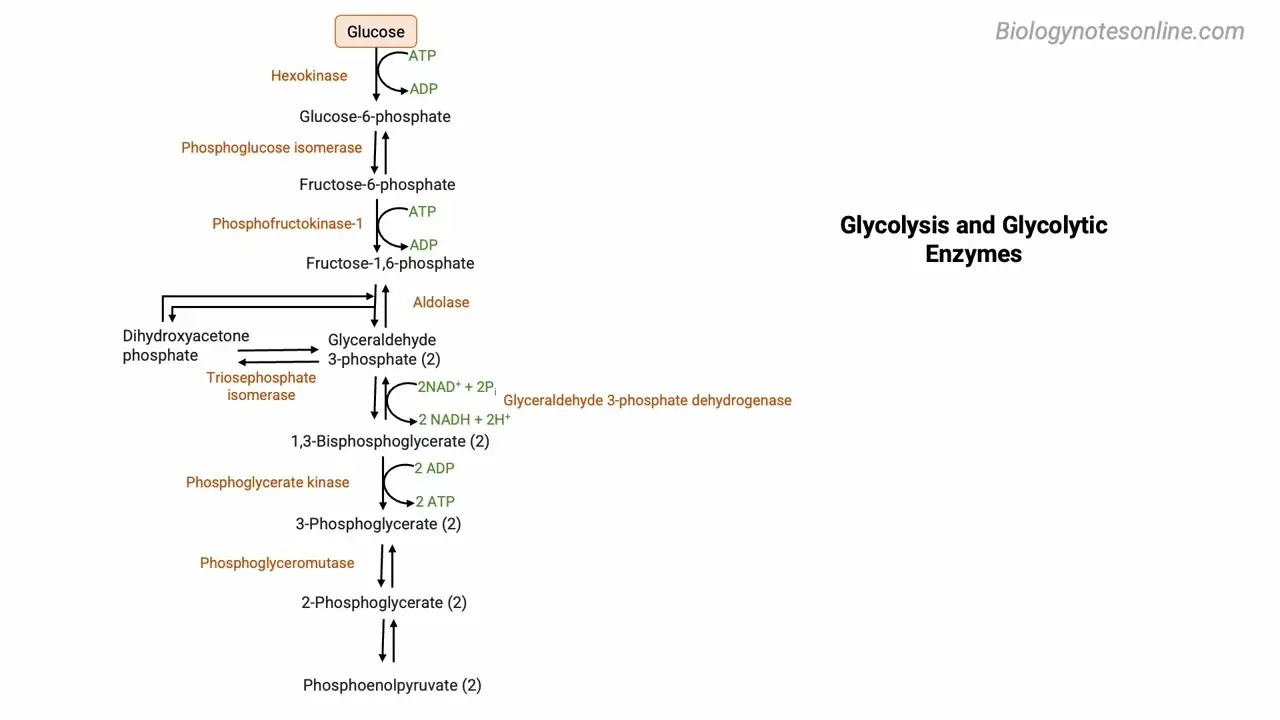
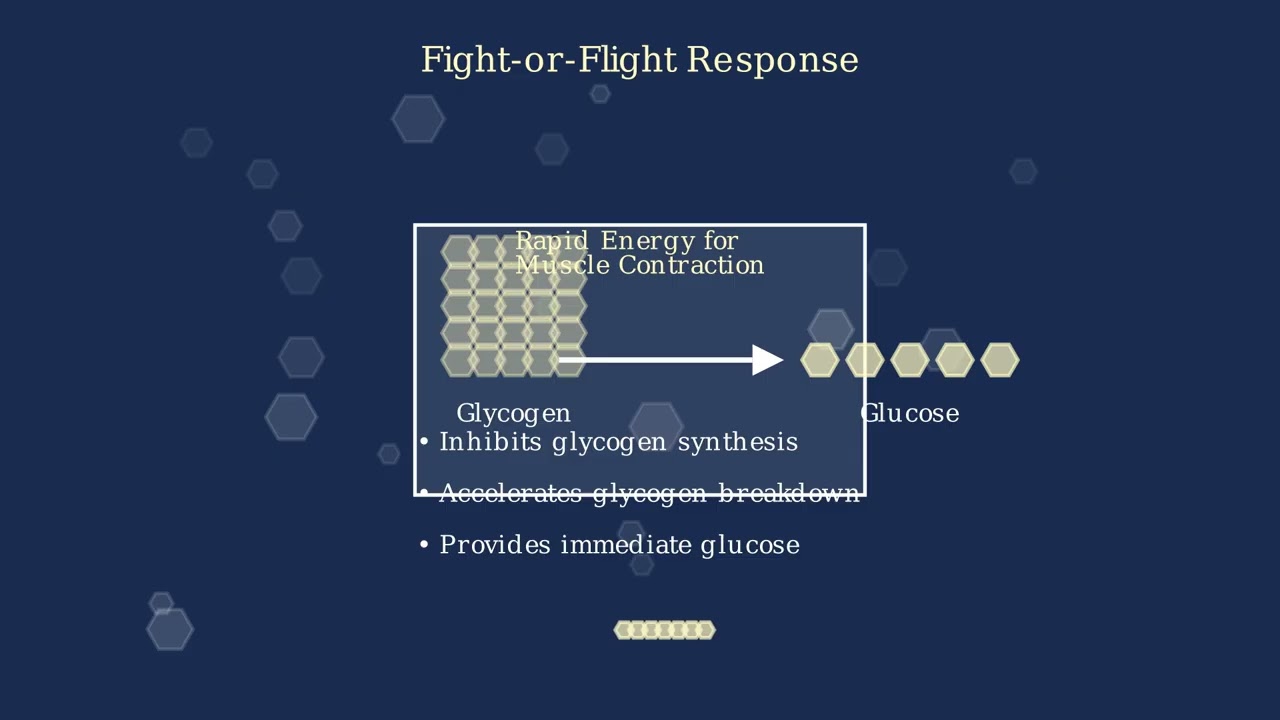
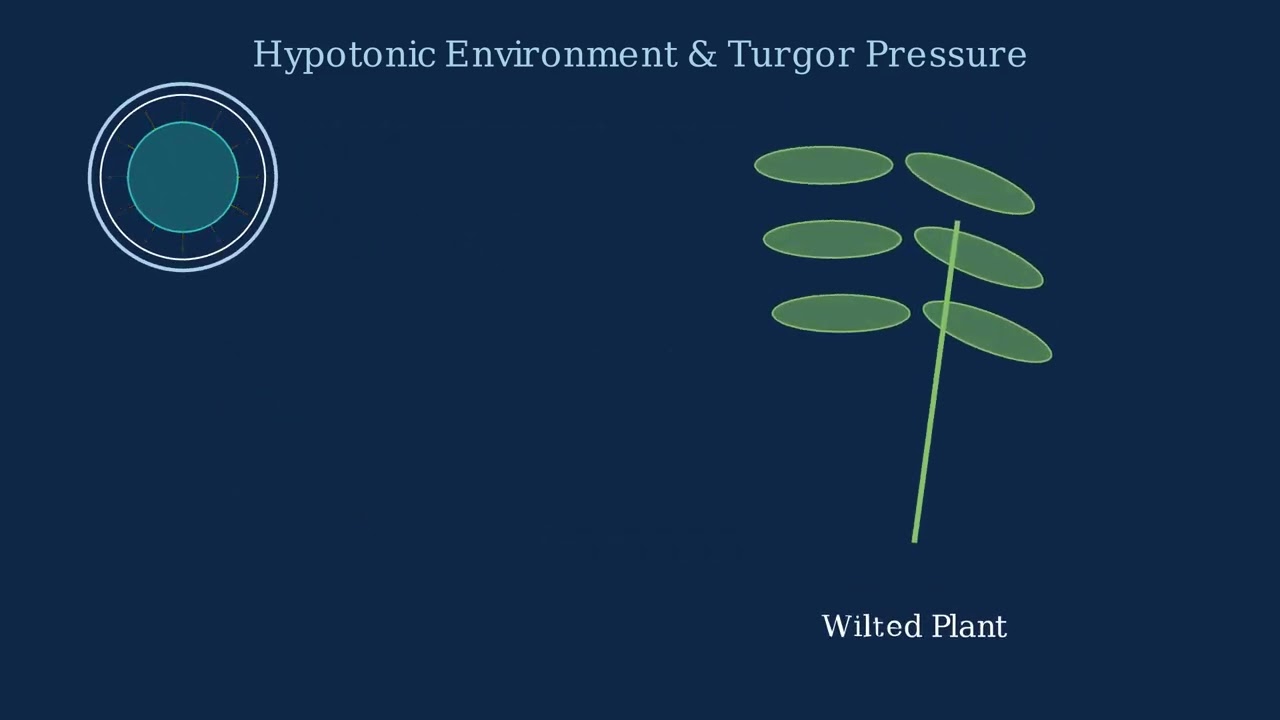





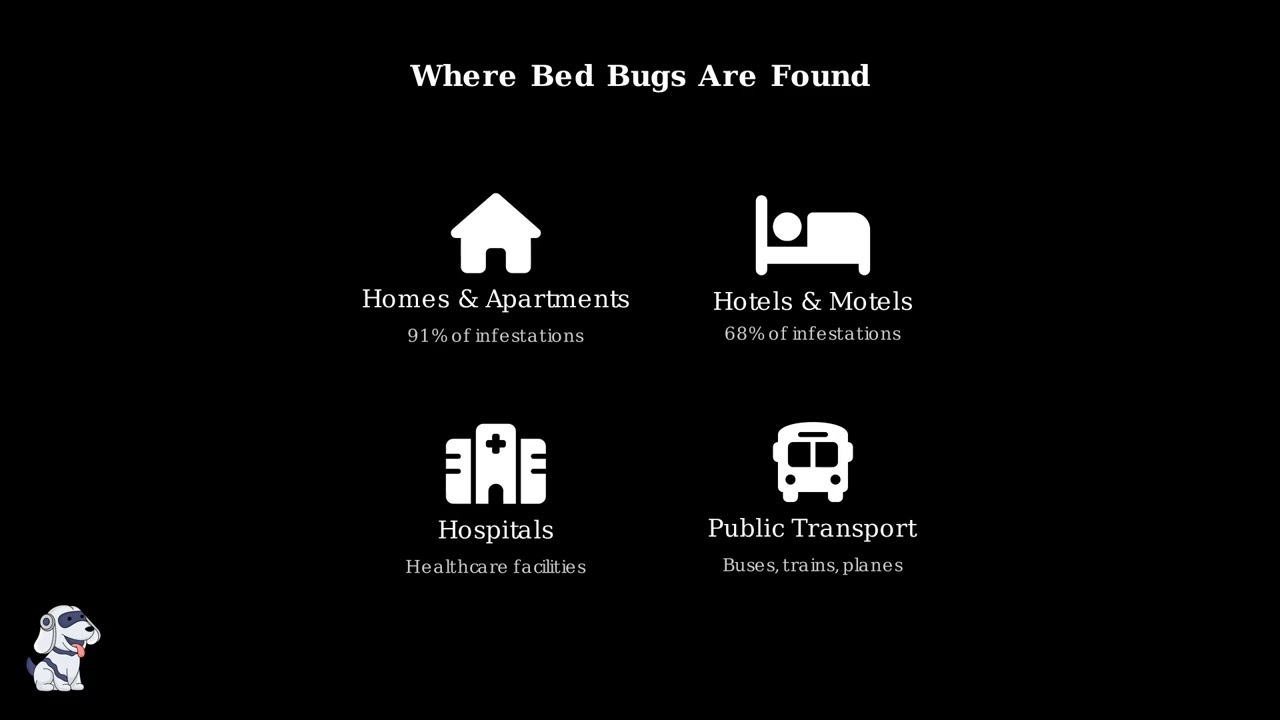
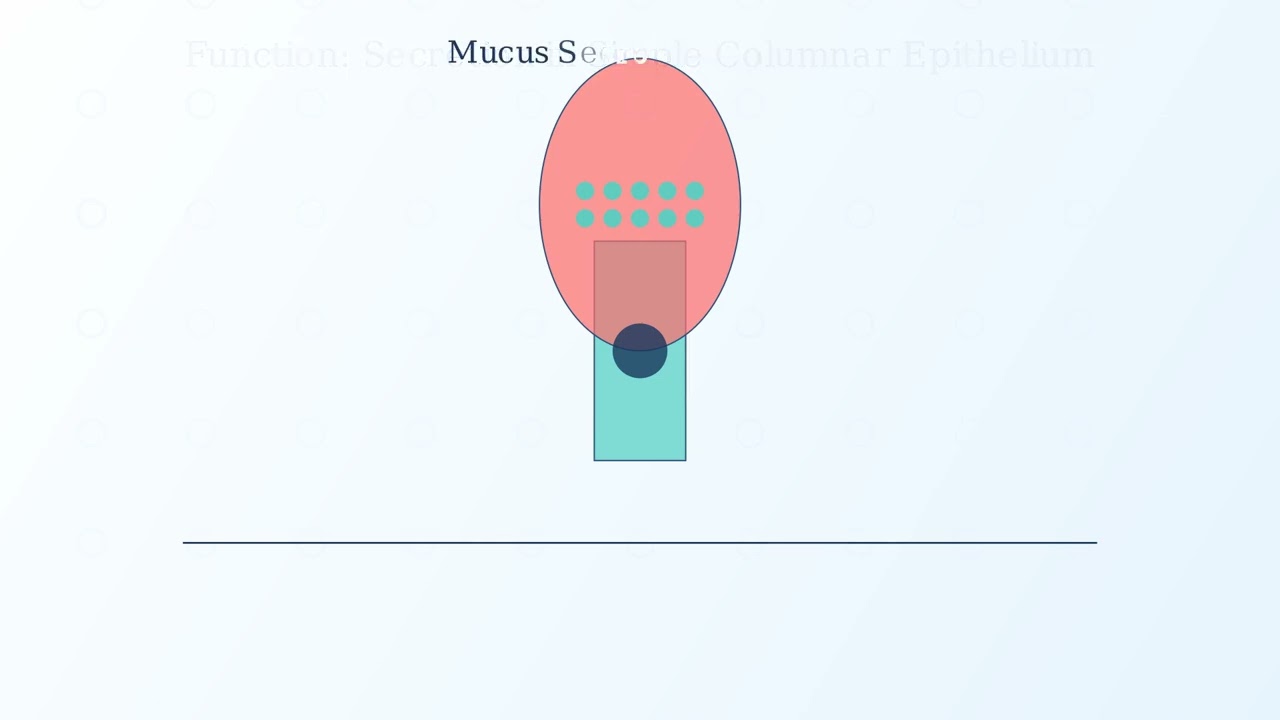
- Text Highlighting: Select any text in the post content to highlight it
- Text Annotation: Select text and add comments with annotations
- Comment Management: Edit or delete your own comments
- Highlight Management: Remove your own highlights
How to use: Simply select any text in the post content above, and you'll see annotation options. Login here or create an account to get started.